The ongoing search for the missing submersible near the Titanic wreckage has reignited global interest in the ill-fated ocean liner. The story of the RMS Titanic continues to captivate audiences, a testament to its enduring legacy.
A luxury steamship embarking on its maiden voyage from Southampton to New York, the Titanic met a tragic end in the early hours of April 15, 1912. Striking an iceberg off the coast of Newfoundland, the disaster claimed the lives of over 1,500 passengers and crew out of the 2,240 onboard. The ship carried a diverse mix of passengers, from prominent figures and affluent individuals to everyday travelers.
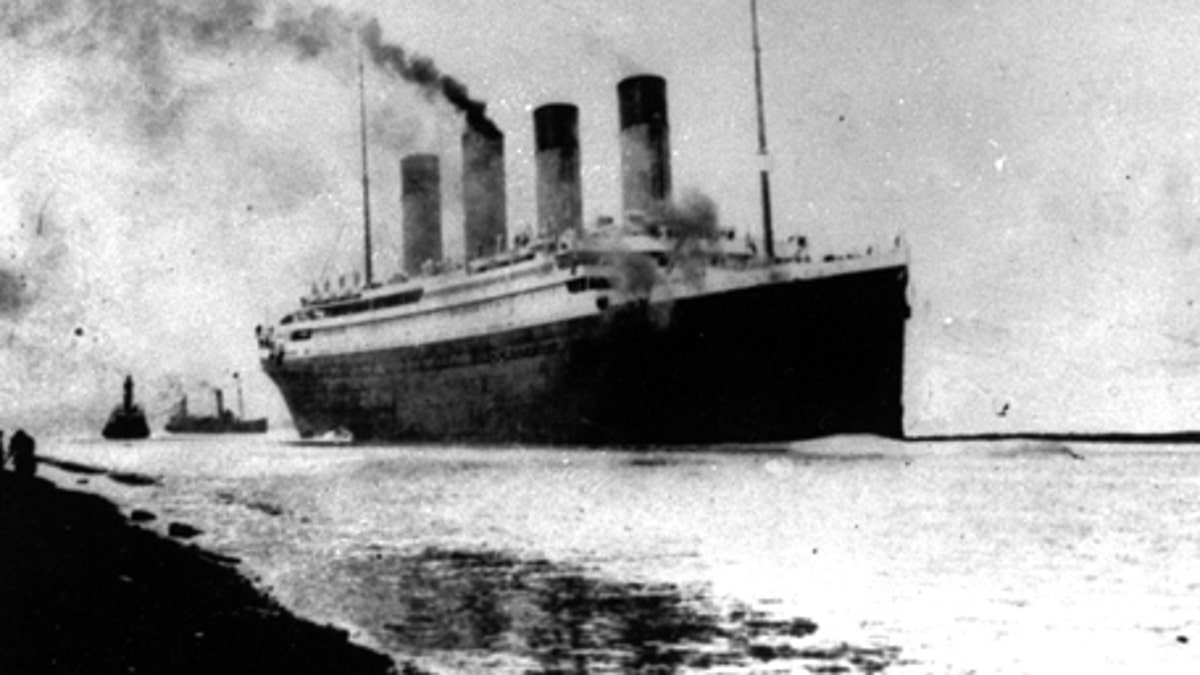
The Titanic departing Southampton, England, on April 10, 1912. (AP File Photo)
The widespread fascination with the Titanic is fueled by a plethora of books, films, documentaries, and online resources. James Cameron's 1997 film significantly contributed to this renewed interest, solidifying the ship's place in popular culture.
The discovery of the Titanic wreckage in 1985 by a joint American-French expedition further intensified the public's intrigue. Located two and a half miles below the surface, the wreck site offers a poignant reminder of the tragedy. Oceanographer Robert Ballard described the scene as a quiet and peaceful resting place for the remains of the ship.

Titanic survivors in a crowded lifeboat. (General Photographic Agency/Getty Images)
Accounts from survivors offer a glimpse into the harrowing experience. Marjorie Robb, a 23-year-old survivor, recounted the fear and chaos as the ship listed and eventually sank. Her testimony provides a personal perspective on the tragedy.
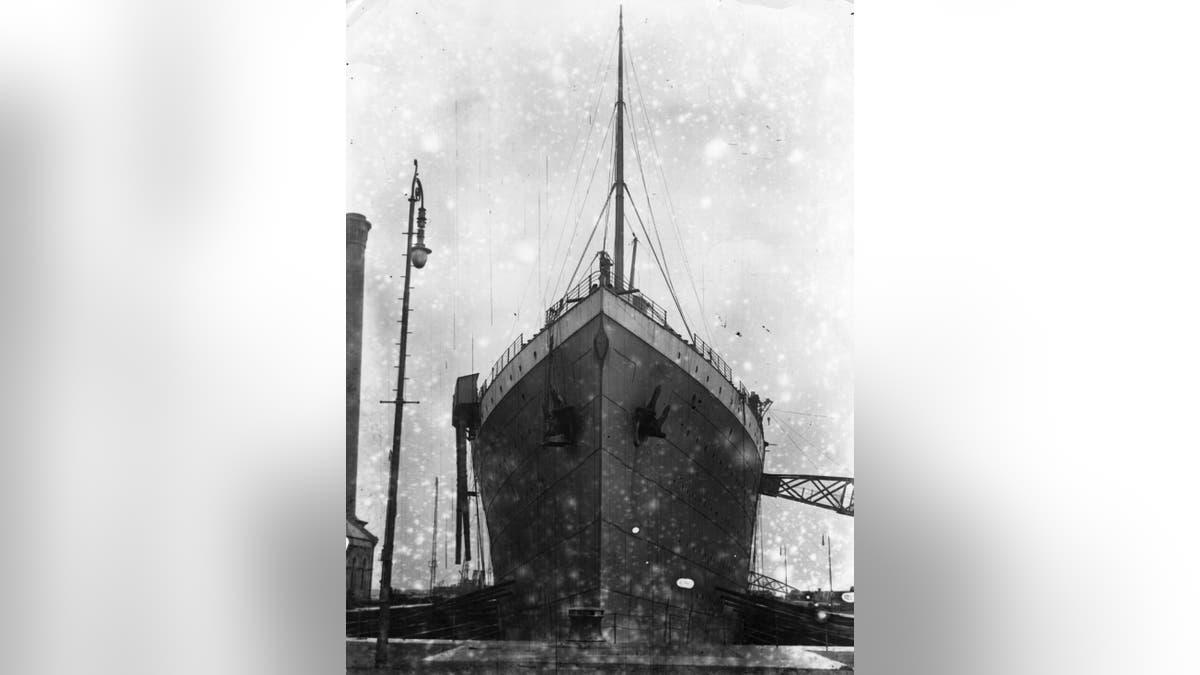
The Titanic at Harland and Wolff's shipyard, Belfast, Ireland, in February 1912. (Topical Press Agency/Getty Images)
The Titanic, a symbol of technological advancement at the time, tragically sank on its maiden voyage, challenging the notion of human progress. The disaster highlighted the vulnerability of humans to the forces of nature, despite technological advancements.
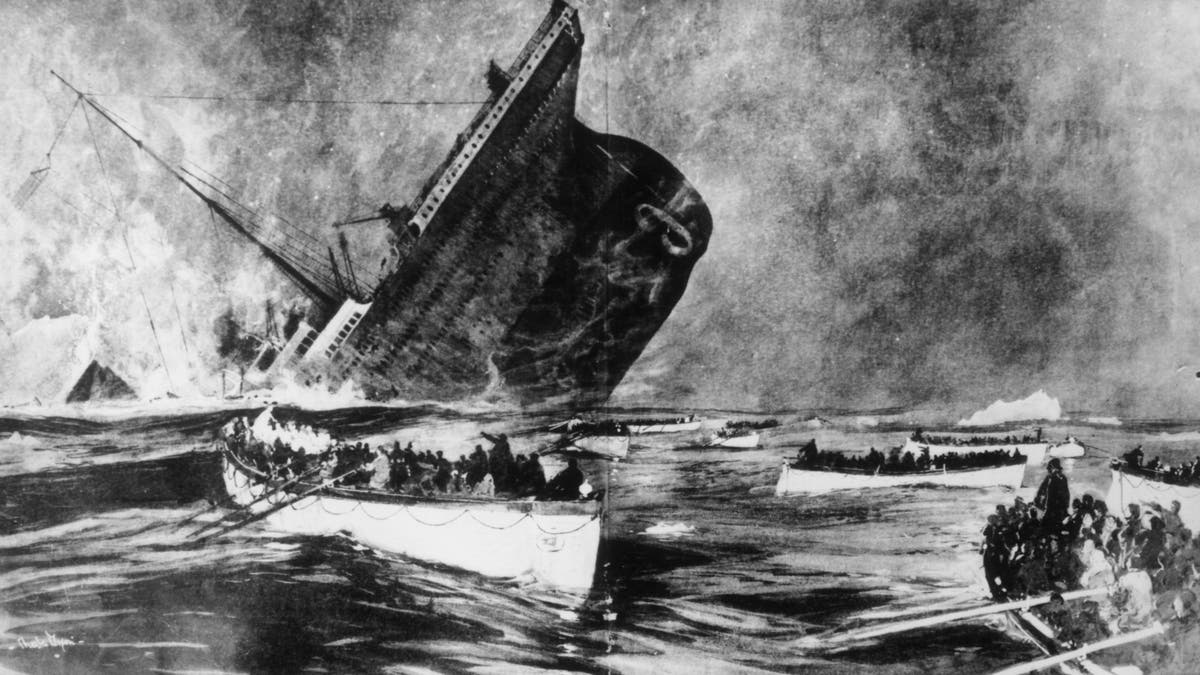
Survivors watching as the Titanic sinks on April 14, 1912. (Hulton Archive/Getty Images)
The Titanic's dimensions were impressive: 882.75 feet long, 92.5 feet wide, and 59.6 feet deep. Its construction spanned three years at the Harland and Wolff shipyard in Belfast, Ireland, with a cost of $7.5 million (equivalent to approximately $200 million today). The ship sank in two hours and 40 minutes after hitting the iceberg, despite numerous iceberg warnings. The disaster continues to resonate as a reminder of the power of nature and the fragility of human life.
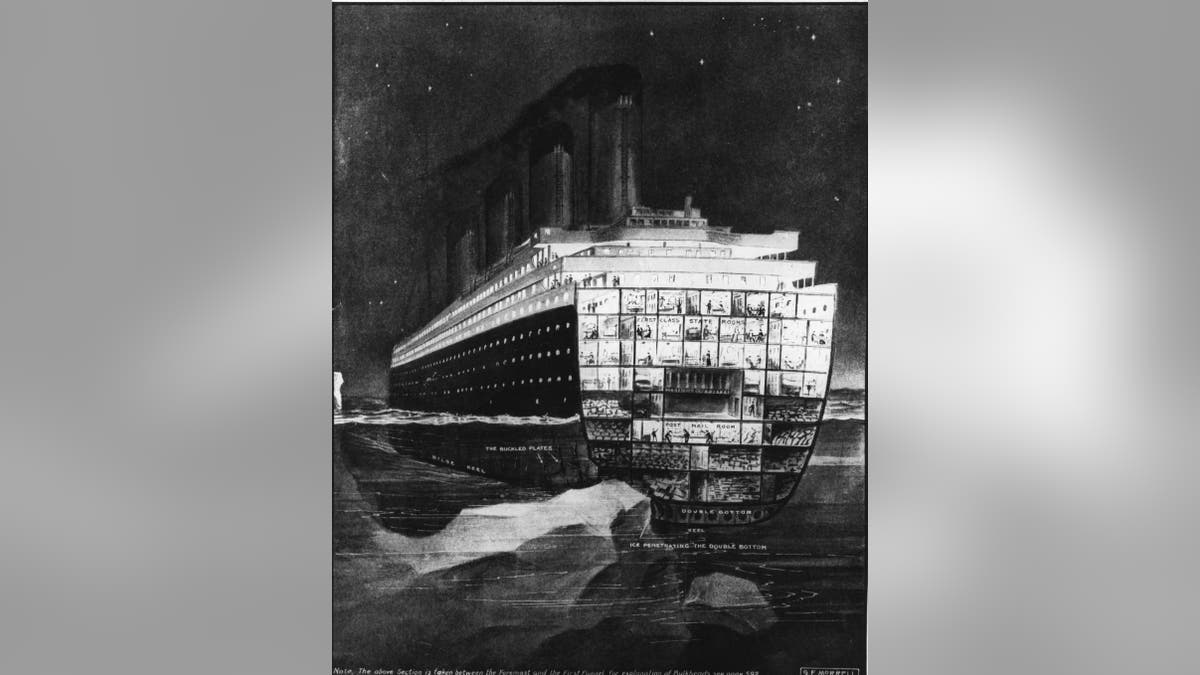
An illustration of the damage to the Titanic after hitting the iceberg. (Getty Images)
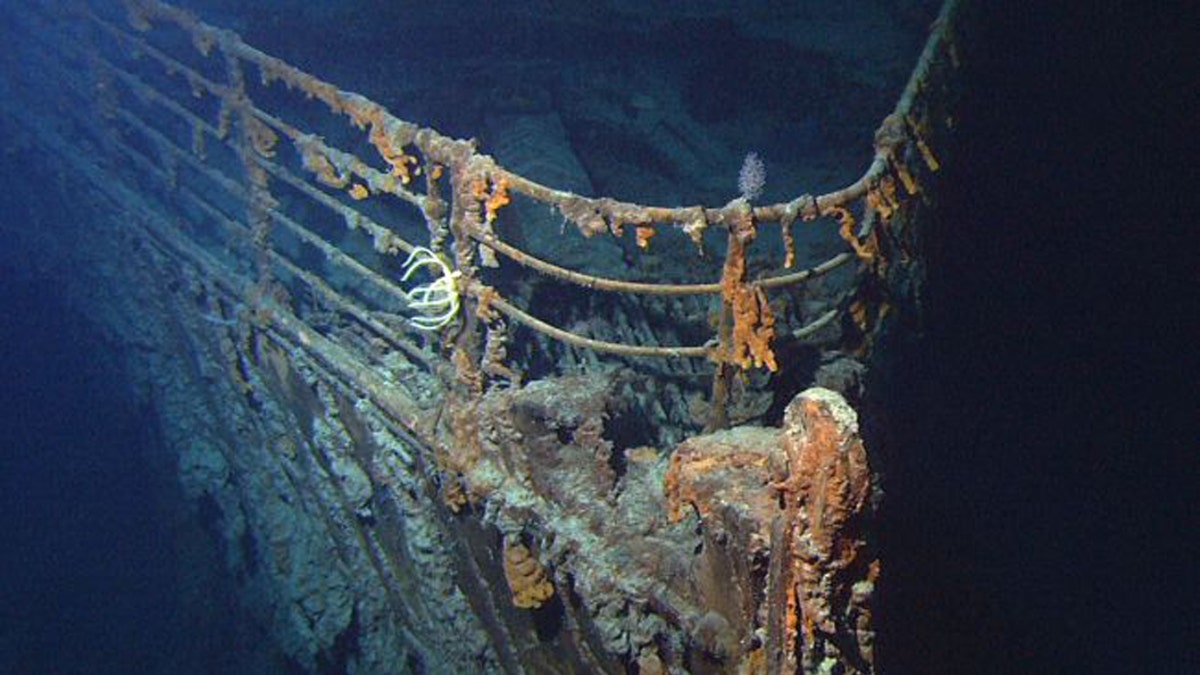
Remains of the Titanic at the bottom of the North Atlantic. (Image: © NOAA/Institute for Exploration/University of Rhode Island)








